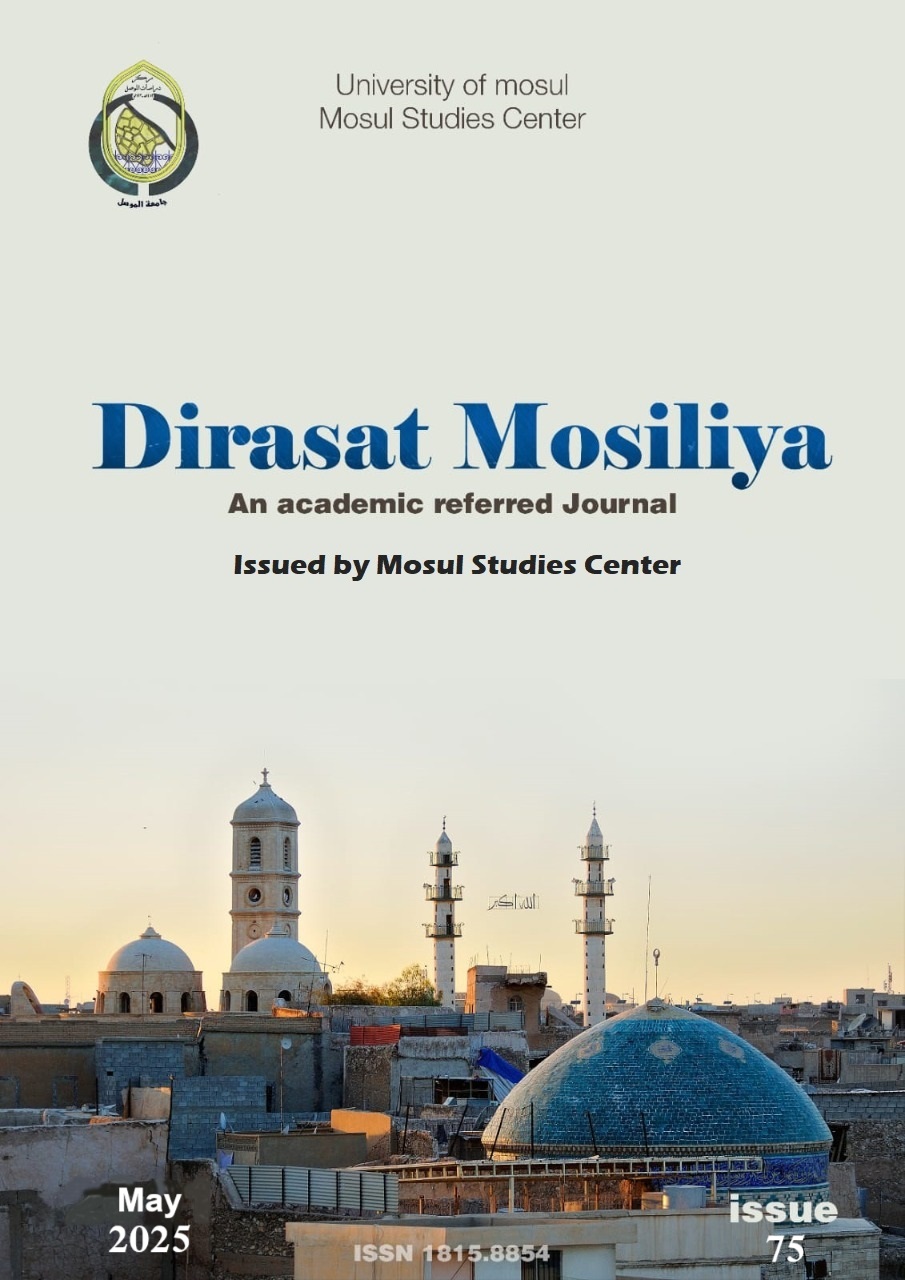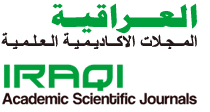Djazirat Ibin Umar from Arabic Sources (200-700A.H / 815- 1300 A.D)
Abstract
Arabic authors interested in studying the history of Arabic and Islamic cities. They classified them into inclusive books specifically the social, economic, cultural and political history. One of these books is Azedi's "Mosul History"(334 A.H/ 945 A.D), Al-Hafidh's Ibin Asaker's "Damascus History"(571A.H/ 1175 S.D), Binal-Adeem's "Zabadet Alhalab in the History of Halab"(660A.H/1261A.D), Al-Fariqi's "Miafariqeen History" (557A.H/ 1181 A.D) and Bin al-Mustawfi's "Irbil History" (637 A.H/1239 A.D), then a book called "Mu'jam Al-Buldan" by Yaqoot bin Abdulla Al-Hamawi (626A.H/1228 A.D) and "al-Alaq al-khatirah in the Mentioning The Amaraa of Alsham and Aljazeera" by Izzdin Bin Shadad Al-Halabi (684A.H/ 1285 A.D).
The Geographers Muslims reported many texts about Djazirat Ibin Umar and most of them agreed that it was established nearly 520A.H/1127A.D during the reign of Al-Amin Caliph and Al-Ma'amoon Caliph.
It seems that Djazirat Ibin Umar developed rapidly as a result of its location by the river Tigris, for its nice climate and the trading movement with the neighbouring areas and cities.
Apparently, Djazirat Ibin Umar was more developed during Yaqoot Age and the Mongols Invasion had nothing and soon Al-Djazra restored its dignity where Ibn Shadad presented to us an account of the architecture saying Al-Djazra surrounded with a wall having three gates ; a mountain, jadeed and water. It also has two mosques, one is old and the other is modern, eighty small mosques, one lunatic asylum, four schools in which Mathah Imam Al-Shafii was taught. They are; Ibn Al-Barzi School, Zhair al-deen Qaimaz AAttabiki School, Al-Radhwia School and Al-Qzhi Jamal al-bdulrahim School. There was another school called Shams al-deen Sukertein. Inside there were two Kanihakattans, (a place for worshipping Sofi Mathahab), one is known as Saladin Alaraj and the other is called as Alzahira. On the outside there were also two Kanihakattans, one is called Kaniqah al-batna and there were fourteen bathrooms and under the wall from inside there were thirty gardens and eight castles, Aljirahia, Farah, Barkho, Fink, Aljadida, Alkasar, Arokh and Kankoor.
Djazirat Ibin Umar has become one of the important cultural centers in Al-Djazra Area during our study where it is as more important as other neighbouring cities. Many scientists, writers and poets visited the city and many have been graduated from this city in different specifications where have a great deal of scientific knowledge and have a lot of cultural influence on the Islamic world such as; Alathir's sons Bini Nadi, Abualiz Bin Ismael Al-Razaz, Bin Al-Bazri and others. Most sciences that developed in this area are: Religious Sciences, Arabic and translation.




